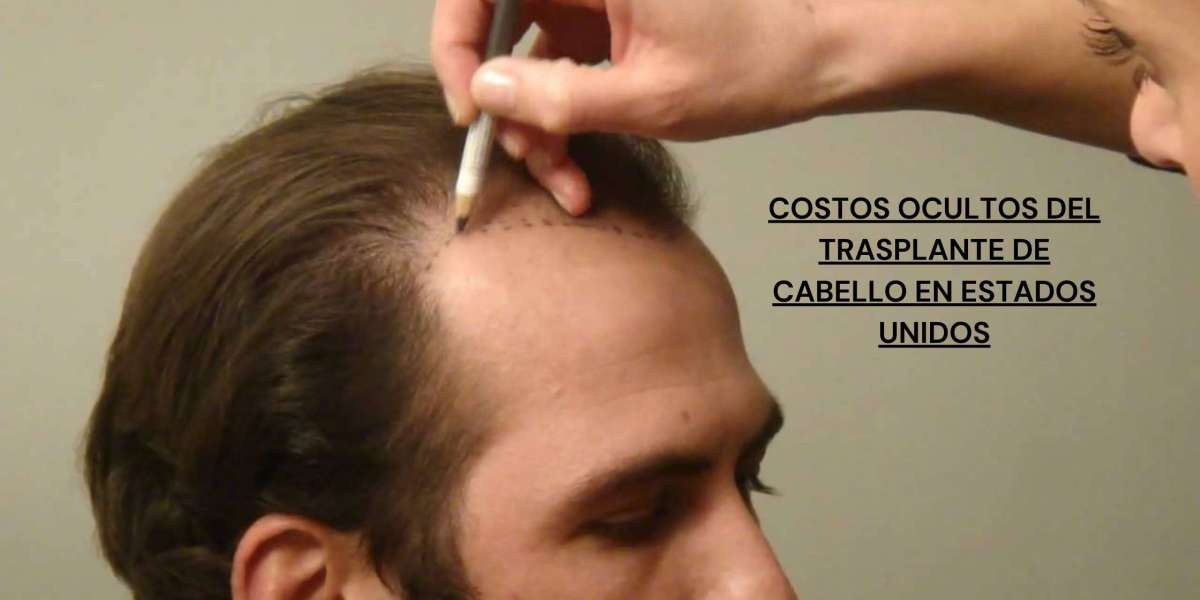Embroidery isn’t just decoration in Pakistan—it’s language, legacy, and love woven into cloth. Behind every intricate stitch is a story passed down from mother to daughter, a memory of a wedding day, or a silent protest against time and change. The art of embroidery in Pakistan is nothing short of poetic—a visual expression of identity, skill, and heritage that refuses to be forgotten.
The Cultural Significance of Embroidery in Pakistan
Embroidery as Identity and Expression
In Pakistan, your embroidery often says more about you than your words. The style, the stitch, the color palette—it all points to where you come from and what your culture values.
Passed Down Through Generations
Embroidery isn’t taught—it’s inherited. Girls learn it sitting beside their mothers and grandmothers, often starting with simple borders before graduating to elaborate motifs.
Sacred, Ceremonial, and Everyday Use
From wedding joras to dupattas used during Eid prayers, embroidery is stitched into life's major moments. But even in daily life, a phulkari scarf or a Sindhi kurta brings color to the ordinary.
A Journey Through Regions and Threads
Sindhi Embroidery – Mirrors, Color, and Tradition
Sindh is known for bold patterns and tiny mirrors stitched into every design. It’s like wearing a piece of light that catches every eye.
Balochi Embroidery – Intricate Geometrical Wonders
Balochi embroidery is meticulous—so detailed that one dress can take months to finish. It uses bright threads to create sharp, geometric patterns that tell stories of tribal strength.
Punjabi Phulkari – Fields of Floral Joy
“Phulkari” literally means flower work. This embroidery is joyous, loud, and full of bright-colored threads embroidered on thick khaddar (handspun cloth). It’s a celebration of rural Punjab’s vibrant spirit.
Kashmiri Kashida – Nature on Fabric
Kashida takes inspiration straight from the valley—chinar leaves, birds, and vines embroidered in muted elegance. It’s serene, sophisticated, and soulful.
Pashtun Tilla and Thread Work
In KP and tribal regions, embroidery is golden—literally. Tilla embroidery using metallic threads adds a royal glow to otherwise simple silhouettes.
Materials and Techniques That Define the Craft
From Needle to Frame – How It’s Made
Embroidery begins with stretching fabric on a wooden frame, sketching patterns in chalk, and then the patient process of needlework. Some use hoops, others freehand—each has its own charm.
Common Threads and Special Threads (Tilla, Resham, Silk)
Cotton threads are common, but resham (silk), metallic tilla, and even glass beads or sequins elevate the work to a whole new level.
Motifs with Meaning – What Do These Patterns Symbolize?
Peacocks often symbolize beauty, paisleys represent fertility, and geometric grids indicate protection and structure. These aren’t just pretty—they’re powerful.
Read more: elan, limelight, rang rasiya, zaha, faiza saqlain, niamia
Embroidery Through the Ages
Pre-Colonial and Mughal Influence
The Mughals brought opulence and detail to embroidery. Zardozi (metallic embroidery) and gota (ribbon work) became symbols of status and royalty.
Embroidery in Colonial and Post-Partition Pakistan
Colonial times introduced new fabrics and threads, but the Partition saw many styles migrate and mingle, giving birth to unique hybrids.
The Modern Renaissance of Desi Embroidery
With designers and youth embracing “desi glam,” traditional embroidery is seeing a bold revival, especially in bridal fashion and digital prints.
Artisans Behind the Magic
Who Are the Embroiderers? Mostly Women, Always Artists
The hands behind the embroidery are usually those of rural women—unrecognized, underpaid, but deeply skilled.
Rural Communities and Livelihood
For many families, embroidery is the only source of income. It empowers women financially, giving them a voice in household decisions.
Struggles in a Fast-Fashion World
As cheap machine embroidery floods the markets, artisans face low wages and fewer customers. The value of “handmade” is being forgotten.
From Cottage Industry to Couture Runways
Designers Preserving the Art (e.g., Sana Safinaz, HSY, Nomi Ansari)
Top designers are weaving traditional embroidery into their collections, helping it evolve without erasing its roots.
Embroidery in Lawn Collections and Bridal Couture
From everyday pret wear to six-figure bridal joras, embroidery is the star of Pakistani fashion across the spectrum.
Challenges to Preserving Traditional Embroidery
Machine vs Hand Embroidery
Machines are fast and cheap, but they lack soul. Handmade pieces have irregularities—yes—but those quirks are their magic.
Exploitation of Artisans
Many artisans are paid a fraction of what their work is worth, while middlemen and retailers take the lion’s share.
Cultural Dilution and Globalization
Fast fashion is erasing regional identities. What once was a deeply personal style is becoming mass-produced and homogenized.
The Role of NGOs and Ethical Fashion Brands
Empowering Women Through Stitching Skills
Organizations like Behbud and Kaarvan are teaching embroidery to women in rural areas, giving them skills and salaries.
Brands Supporting Artisan Communities
Ethical fashion labels are partnering with embroidery communities to create sustainable and fair trade pieces that value both design and dignity.
How to Appreciate and Support Embroidery in Daily Life
Buy Handcrafted, Not Mass-Produced
Yes, it costs more—but you're investing in art, not just attire. Choose brands that highlight handmade work.
Learn the Regional Differences
Appreciating embroidery begins with understanding it. Know your Sindhi from your Kashmiri, your Phulkari from your Balochi.
Wear It With Pride and Purpose
Traditional embroidery isn’t “old-fashioned.” It's storytelling on cloth. Wear it with confidence, and you become part of the story.
Conclusion – A Thread That Connects History, Culture, and Identity
Pakistani embroidery is not just about looking good—it's about feeling rooted. Each stitch is a word in a language of tradition, pride, and resilience. In an era of fast trends and disposable fashion, embroidery asks us to slow down and appreciate the artistry that connects our past to our present. It’s time to stitch that story back into our lives.














